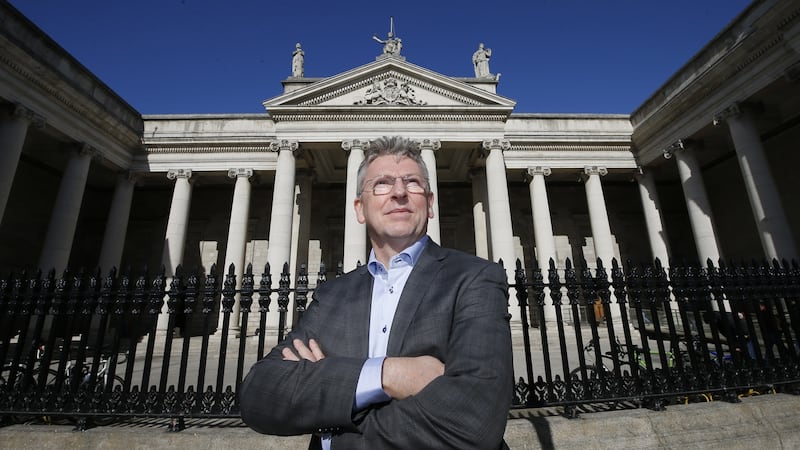The prospect of a lost Caravaggio, Rubens or treasure trove of gold bullion being unearthed in safety deposit boxes which have sat undisturbed in bank vaults for more than 200 years was raised at an Oireachtas Committee hearing on Wednesday morning.
Many thousands of boxes, chests and paintings remain unclaimed in bank vaults with details of their owners lost in time, the Oireachtas Committee for Rural and Community Development inquiry heard.
While banking legislation allows dormant accounts untouched for 15 years to be handed over to the State, there are no similar rules governing materials deposited in bank vaults.
Much of the material can not now be traced to owners or rightful heirs, the Committee heard as it launched a process aimed at exploring ways to ensure the material is dealt with in an appropriate fashion.
Former Bank of Ireland official Jim Connolly said the contents of the vaults had "the potential to change history" but pointed out that "banks records are at best vague, or at worst non-existent".
He said if it was not possible to establish ownership then the property would go to the State.
He highlighted as an “elephant in the room” the fact that many estates have been settled after receiving the wrong information from banks about accounts they held with some safety deposit ignored by officials for generations.

“For a bank now to reunite an item with the beneficiaries... gives rise to issues around underpayments of capital acquisitions tax, penalties and interest. It also raises questions of proper succession, given that we are in the realms of property being passed through numerous generations,” he said.
He added that while “the banks own this problem they did not intentionally create it and, as such, some form of amnesty needs to be granted insulating them from action”.
Inside the vaults
The committee heard speculation that the vaults could contain everything from love letters sent from India at the height of colonial times, or even the proceeds of bank robberies or murder confessions.
“I have seen paintings that are so large that they are held in pallets, I have seen single envelopes inscribed with the words ‘To be opened on my death’ which could contain a last will and testament a deed a share certificate or even a confession. Who knows?” Mr Connolly said
The Principal Officer in the Department of Finance Eoin Dorgan told the Committee that safety deposit boxes were "not a regulated activity" which made it "very difficult to accurately quantify the number of assets" that vaults contain.
He suggested that the National Archives and National Museum would be best placed to advise on how to open and review the contents of these boxes and he expressed concern that transfer or cataloguing of assets could cause damage “potentially making the State liable for any compensation”.
Committee member Éamon Ó Cuív of Fianna Fáil said the next steps were straightforward and he called for boxes from 1800 to 1900 to be opened in order from oldest to newest.
He said if the rightful heirs to the contents were traced then it could be returned to them. In the event that ownership could not be established, interesting artefacts could be put on display and if legitimate owners subsequently came forward they could stake a claim.
“For all we know there is a Caravaggio or a Rubens there and it would be an awful pity if it was not on display,” Mr O’Cuiv said.
He dismissed concerns that opening the boxes would be a breach of the trust original owners and pointed out that if the focus was put on the materials from the 19th century, only then there would be no privacy issues either as all those who had initially deposited the material and their children were already dead.
He said privacy concerns could also be discounted as they were when the decision was taken to publish census data from 1901 and 1911.
“I think we have become paranoid in this state about legal challenges,” he said.












